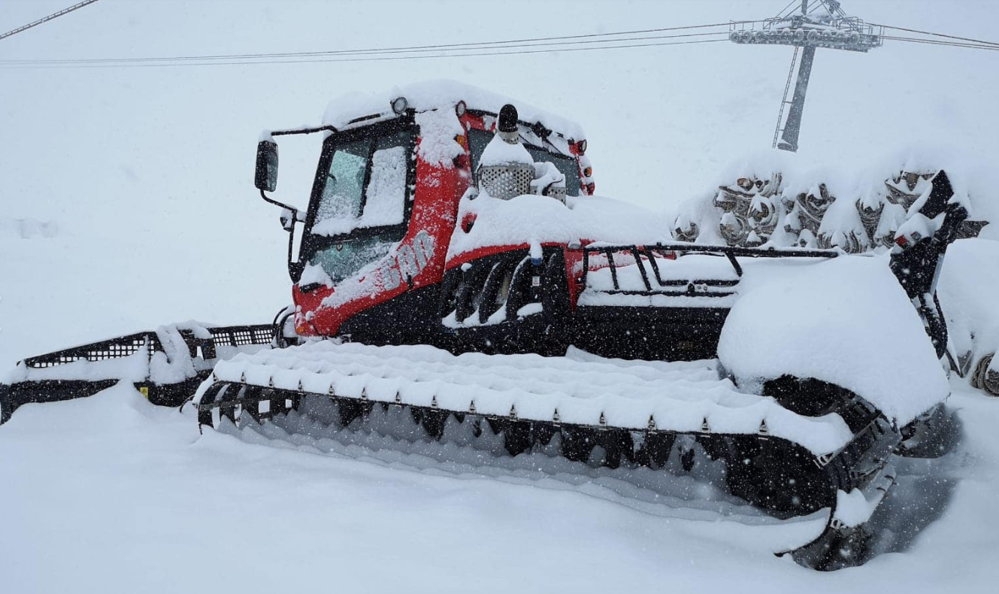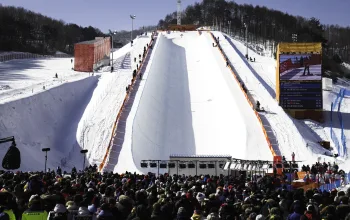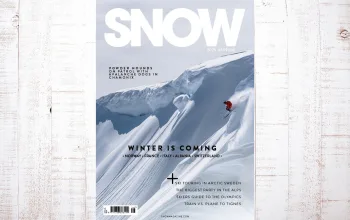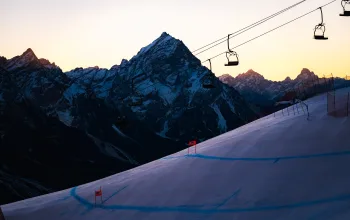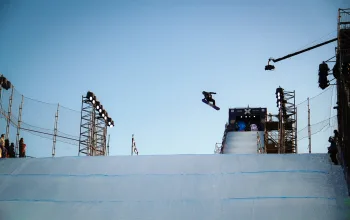The past weekend has brought heavy snowfall on glaciers in the central and eastern Alps with totals up to 40cm on Austria’s Hintertux and Stubai glaciers and 50cm at Passo Stelvio in Italy.
And though France largely missed out, there was a dusting at Val Thorens, while the Dolomites in Italy saw white coverings to mountain tops, and sometimes down to resort level, as low as 1500 metres, for example at Alta Badia.
It’s way too soon to see this as a sign of what’s in store for the main winter season, but it will be welcomed by anyone heading to one of the handful of glaciers offering skiing at this stage in September.
Currently only five glaciers are open for snowsports in Europe, a record low for the past 50 years, after many glacier ski areas, such as the popular Grand Motte in Tignes were forced to close due to record summer heat thawing snow cover.
September snowfall is far from unusual at high elevations in the Alps. Last year there were heavy snowfalls in late August and by the end of September several glaciers had had more than a metre of September snowfall in total. But the soaring summer temperatures this year have damaged many glacier ski areas and forced some to abandon their summer skiing plans.
Ski areas currently open include the Saas Fee and Zermatt glaciers in Switzerland, Hintertux in Austria and Passo Stelvio and Cervinia in Italy, the latter has the last weekend of its summer ski season this weekend but will re-open next month.
Around 10 more glaciers are due to open or re-open in Europe over the next four weeks including Val Senales in Italy, Austria’s Pitztal and Tignes in France. Other areas, including the Dachstein, Solden and Stubai glaciers say they’ll review plans depending on how conditions develop.



